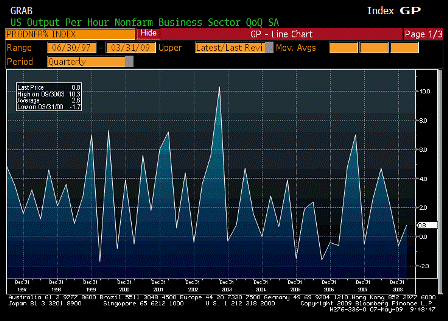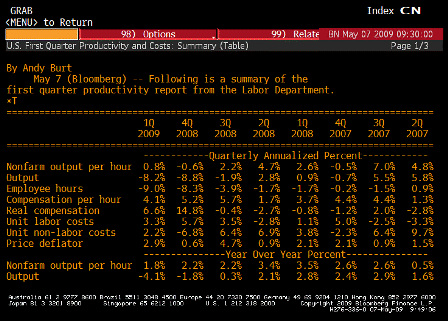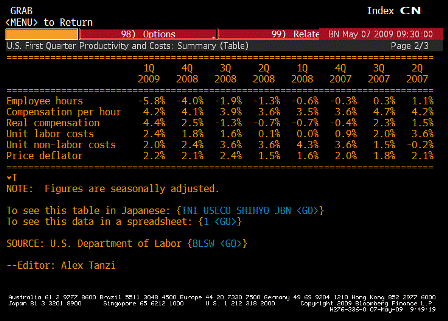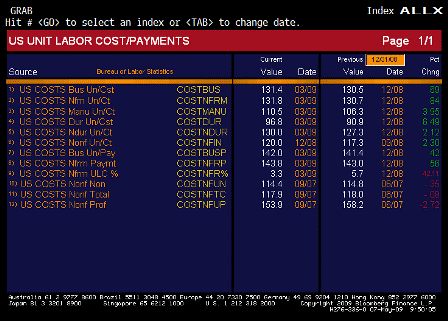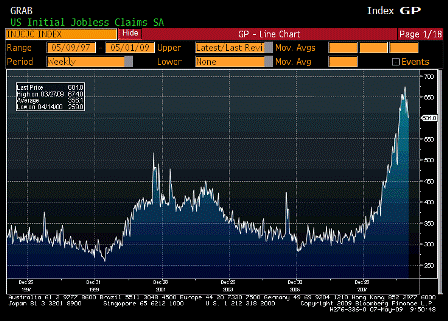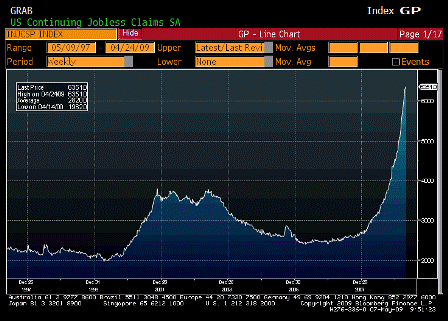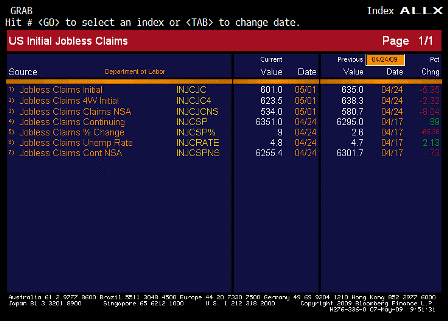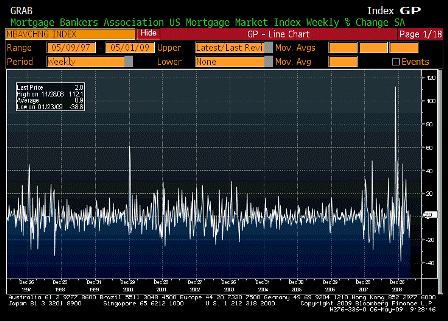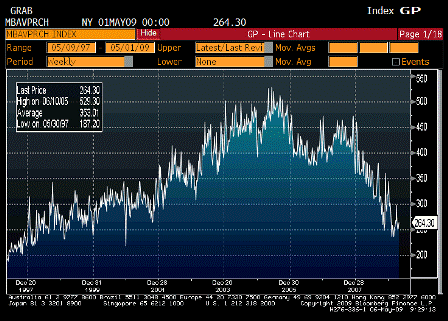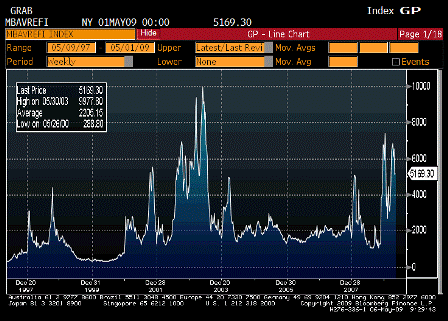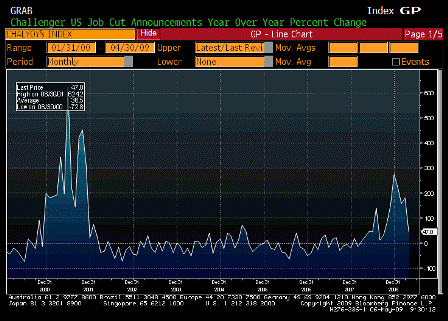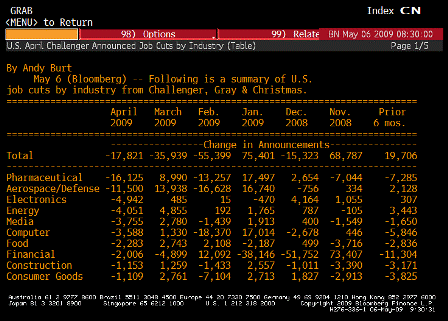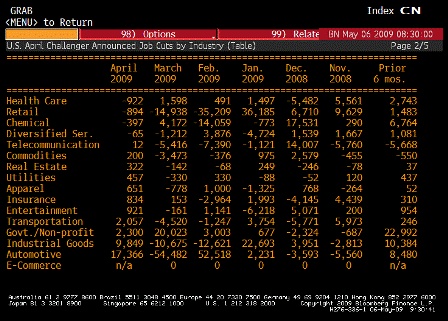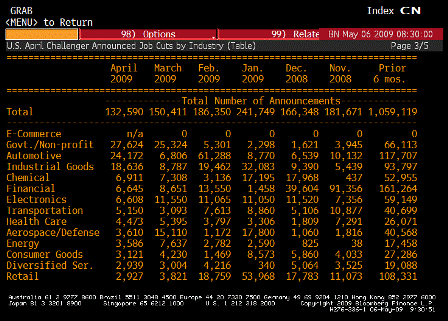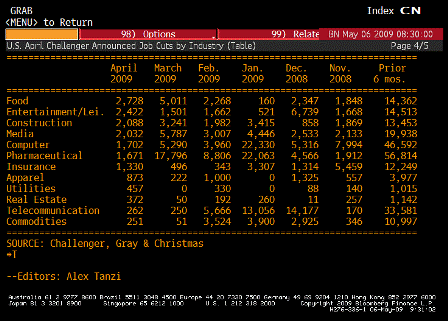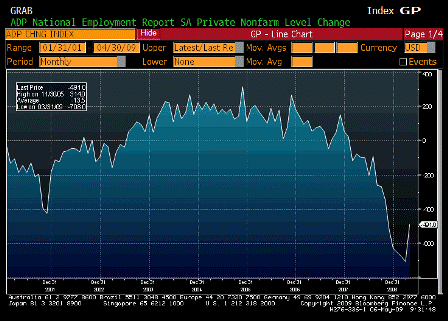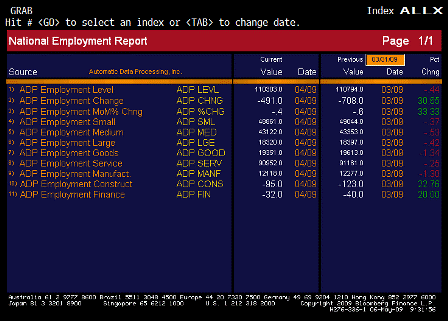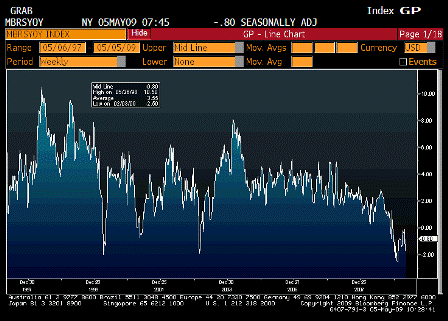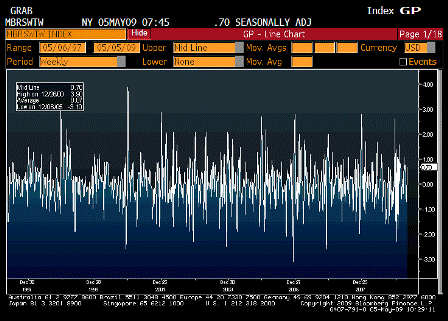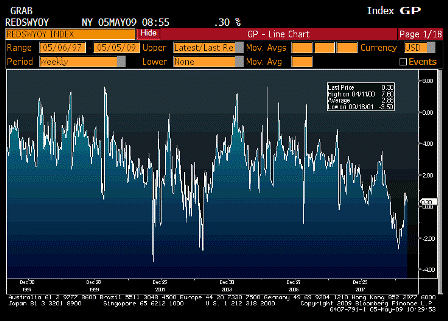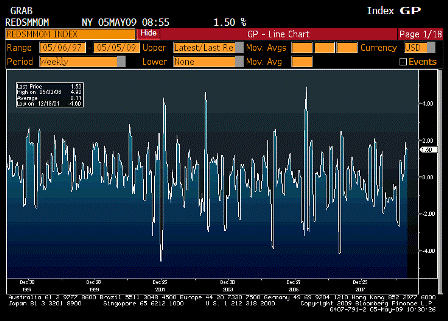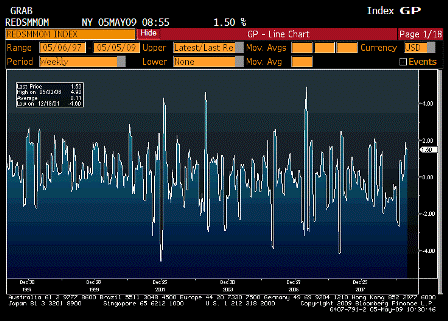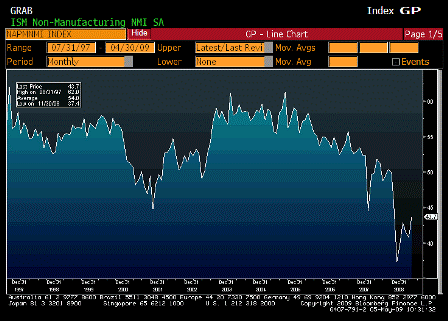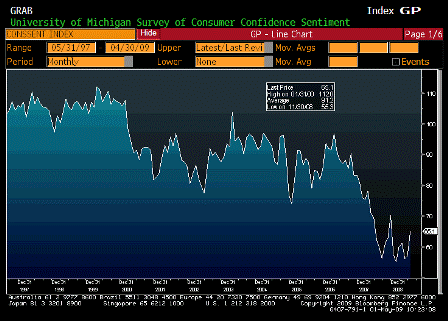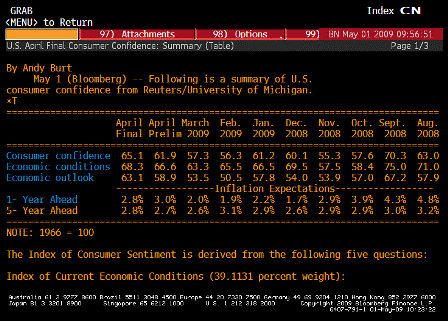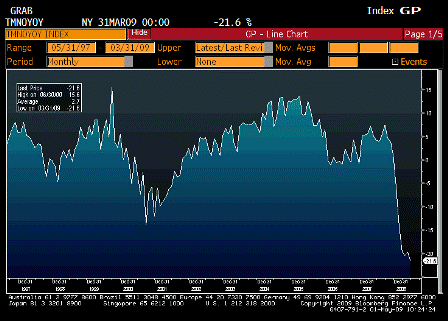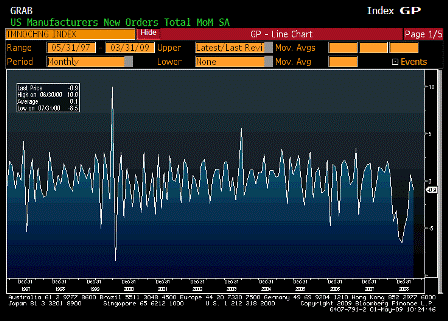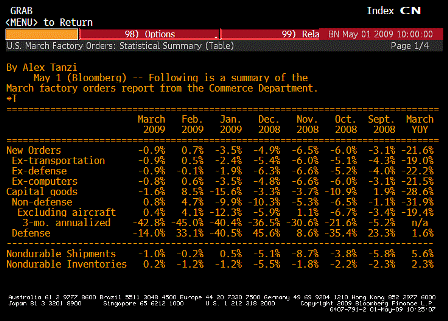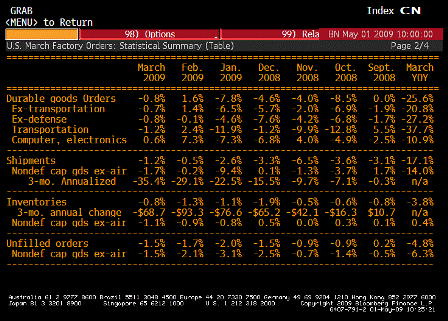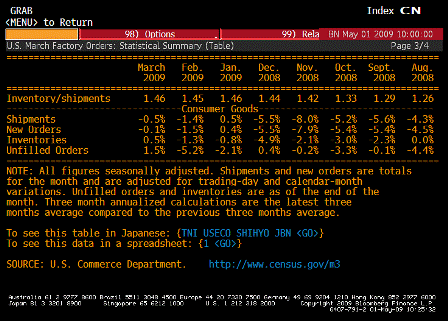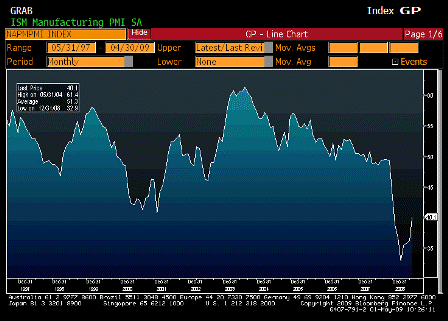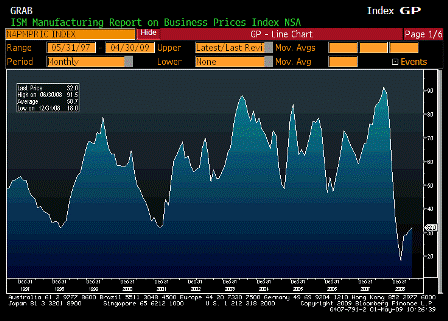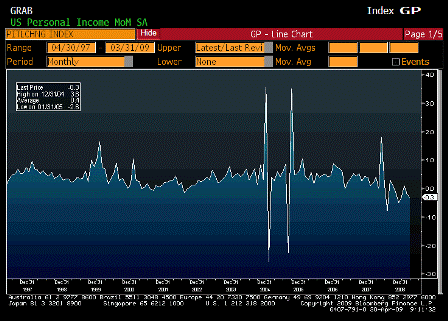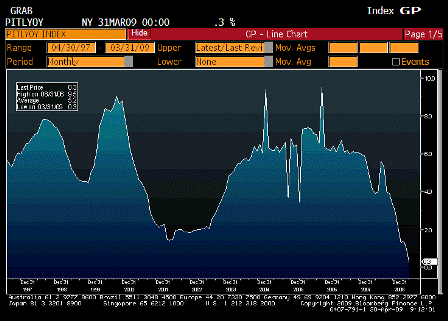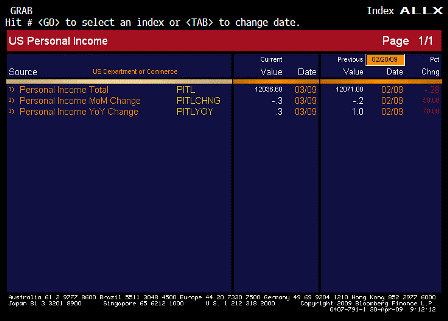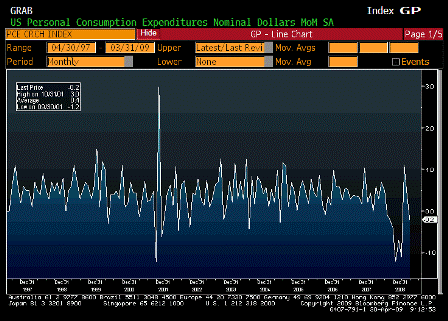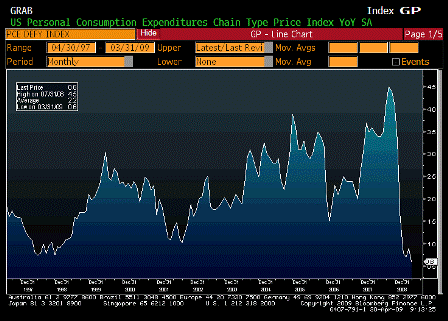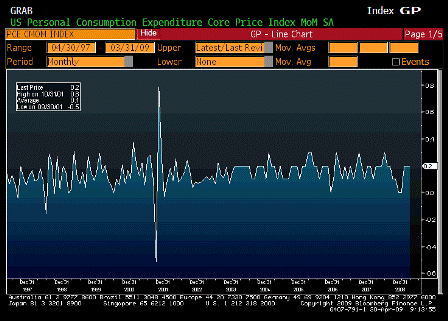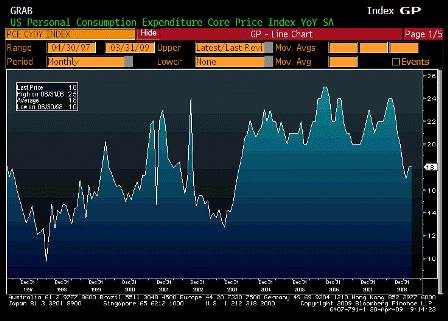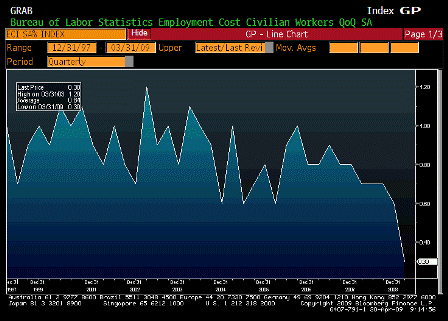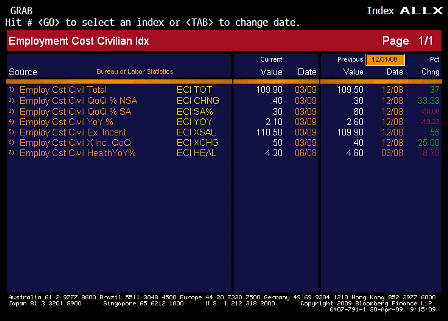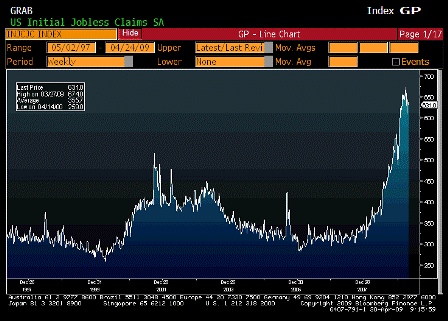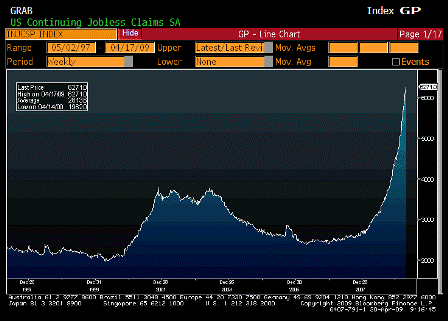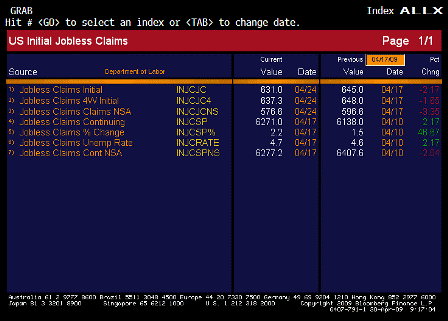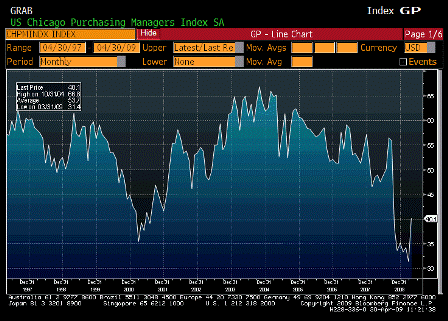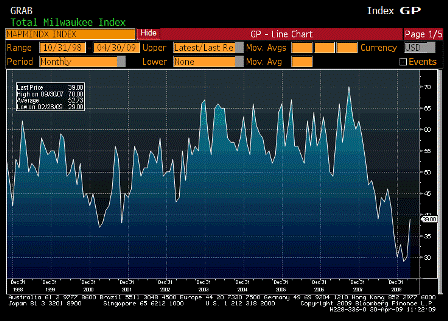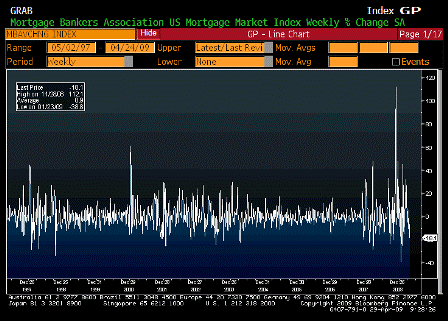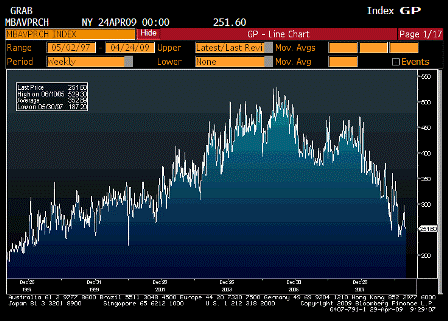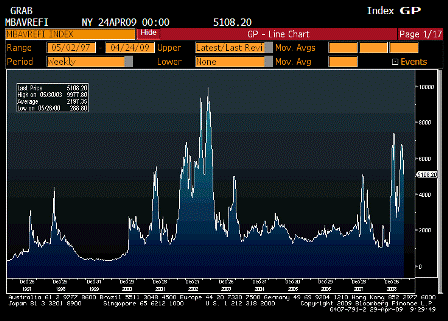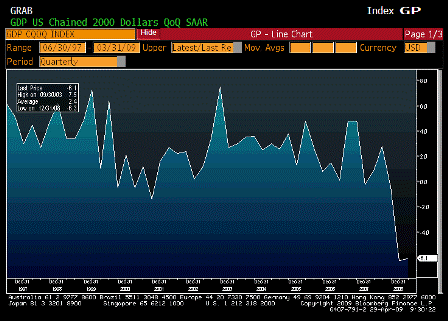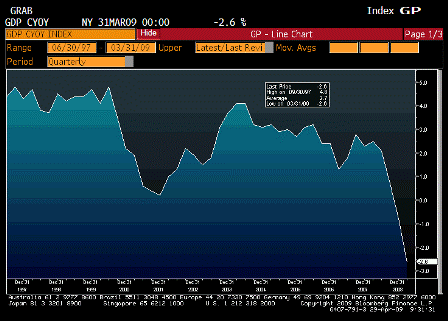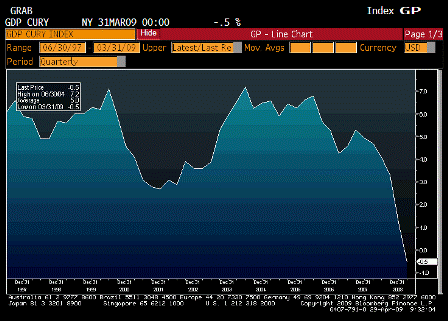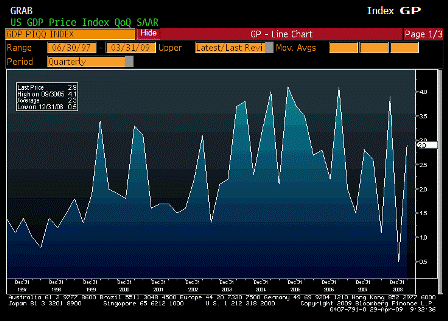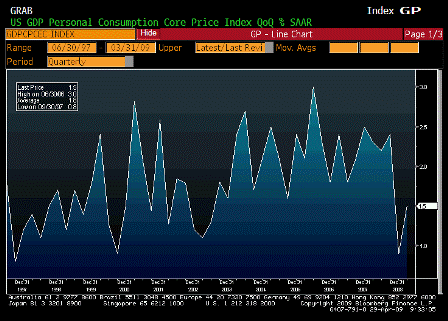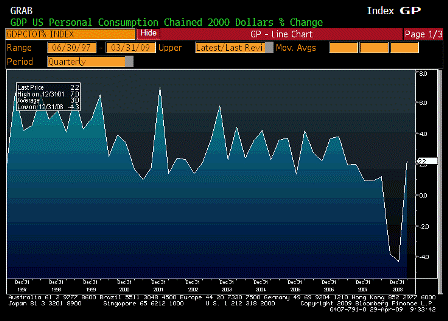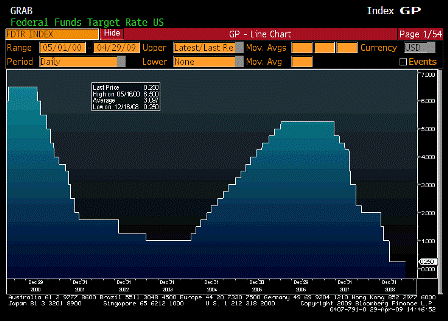Karim writes:
- NFP -539k; net revisions -66k, and +60k contribution from census workers (census workers will add about 75k jobs/mth thru year-end)
- Underlying trend doesn’t show any real change
- Index of aggregate hours down another 0.6% and avg weekly earnings up 0.1%
- Wage and salary component of personal income will be down again (hours x jobs x wages)
- Unemployment rate up from 8.54% to 8.87%; total unemployment rate up from 15.6% to 15.8%
- Only good news was diffusion index rising from 20.3 to 28.2
- Consensus on CNBC was this would be the ‘last, really bad number’, mostly on grounds of running out of people to fire.
- I guess ‘really bad’ wasn’t ‘really defined’, but judging by the workweek data, doesn’t seem like material improvement anytime soon.
- Change in Nonfarm Payrolls (Released 8:30 EST)
- Change in Nonfarm Payrolls YoY (Released 8:30 EST)
- Nonfarm Payrolls ALLX (Released 8:30 EST)
- Unemployment Rate (Released 8:30 EST)
- Unemployment Rate ALLX 1 (Released 8:30 EST)
- Unemployment Rate ALLX 2 (Released 8:30 EST)
- Change in Manufacturing Payrolls (Released 8:30 EST)
- Change in Manufacturing Payrolls YoY (Released 8:30 EST)
- Average Hourly Earnings MoM (Released 8:30 EST)
- Average Hourly Earnings YoY (Released 8:30 EST)
- Average Hourly Earnings ALLX 1 (Released 8:30 EST)
- Average Hourly Earnings ALLX 2 (Released 8:30 EST)
- Average Hourly Earnings ALLX 3 (Released 8:30 EST)
- Average Weekly Hours (Released 8:30 EST)
- Wholesale Inventories MoM (Released 10:00 EST)
- Wholesale Inventories YoY (Released 10:00 EST)
- Wholesale Inventories ALLX 1 (Released 10:00 EST)
- Wholesale Inventories ALLX 2 (Released 10:00 EST)
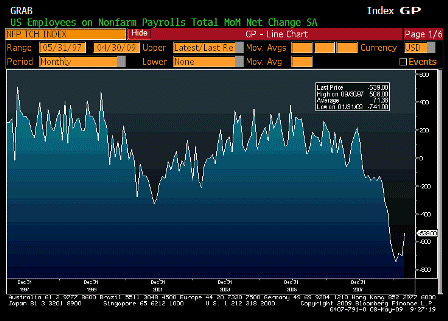
Change in Nonfarm Payrolls (Apr)
| Survey | -600K |
| Actual | -539K |
| Prior | -663K |
| Revised | -699K |
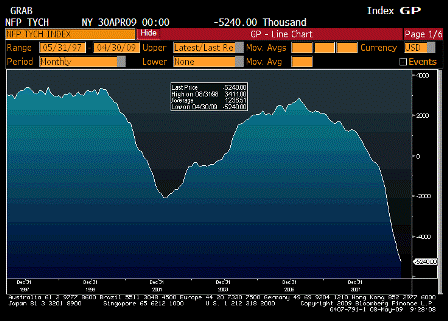
Change in Nonfarm Payrolls YoY (Apr)
| Survey | n/a |
| Actual | -5240.00 |
| Prior | -4861.00 |
| Revised | n/a |
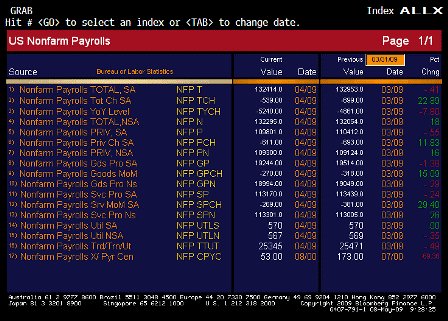
Nonfarm Payrolls ALLX (Apr)
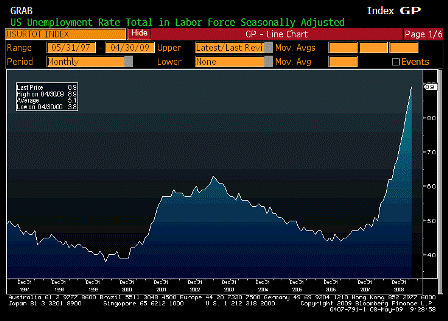
Unemployment Rate (Apr)
| Survey | 8.9% |
| Actual | 8.9% |
| Prior | 8.5% |
| Revised | n/a |
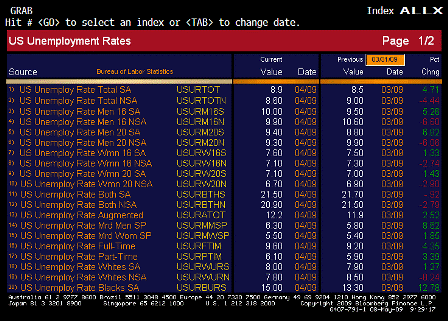
Unemployment Rate ALLX 1 (Apr)
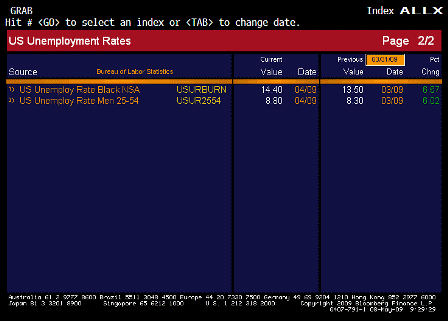
Unemployment Rate ALLX 2 (Apr)
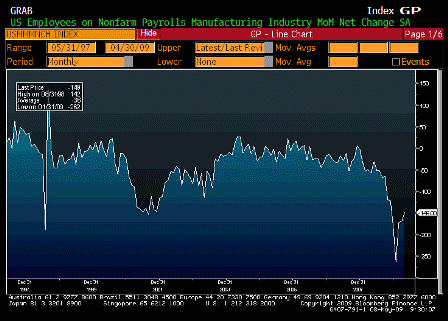
Change in Manufacturing Payrolls (Apr)
| Survey | -155K |
| Actual | -149K |
| Prior | -161K |
| Revised | -167K |
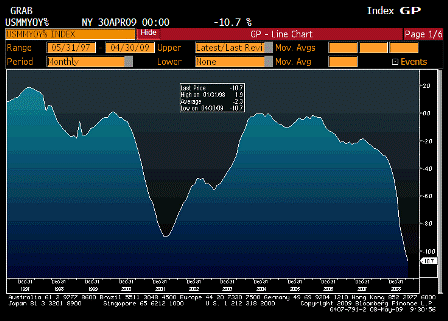
Change in Manufacturing Payrolls YoY (Apr)
| Survey | n/a |
| Actual | -10.7% |
| Prior | -10.0% |
| Revised | n/a |
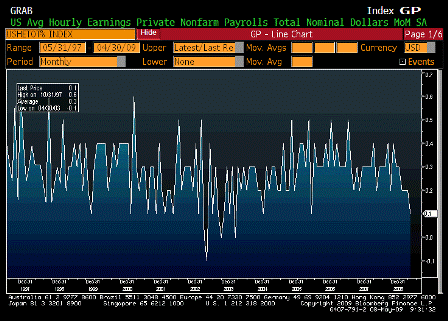
Average Hourly Earnings MoM (Apr)
| Survey | 0.2% |
| Actual | 0.1% |
| Prior | 0.2% |
| Revised | n/a |
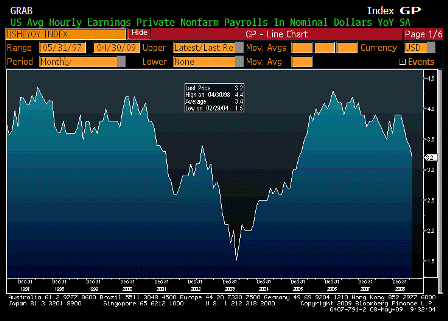
Average Hourly Earnings YoY (Apr)
| Survey | 3.3% |
| Actual | 3.2% |
| Prior | 3.4% |
| Revised | n/a |
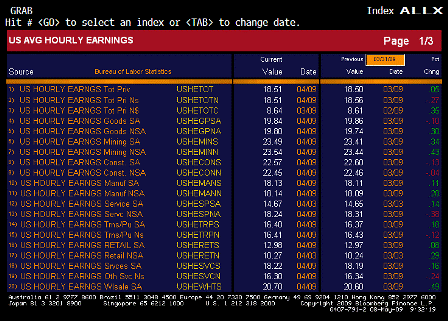
Average Hourly Earnings ALLX 1 (Apr)
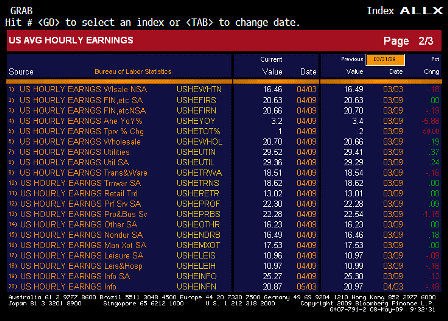
Average Hourly Earnings ALLX 2 (Apr)
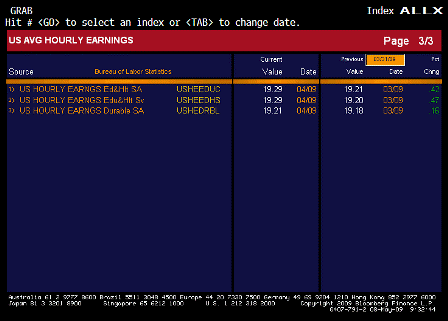
Average Hourly Earnings ALLX 3 (Apr)
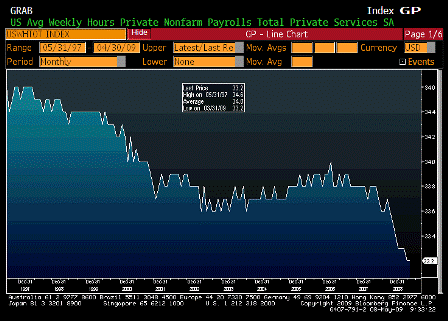
Average Weekly Hours (Apr)
| Survey | 33.2 |
| Actual | 33.2 |
| Prior | 33.2 |
| Revised | n/a |
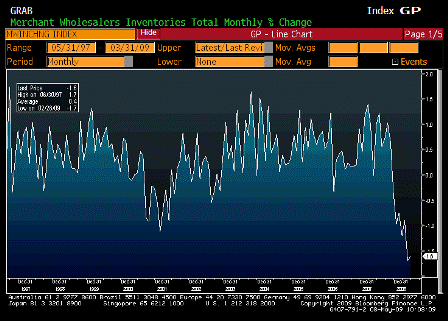
Wholesale Inventories MoM (Mar)
| Survey | -1.0% |
| Actual | -1.6% |
| Prior | -1.5% |
| Revised | -1.7% |
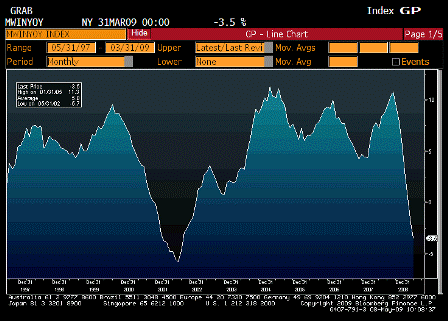
Wholesale Inventories YoY (Mar)
| Survey | n/a |
| Actual | -3.5% |
| Prior | -1.9% |
| Revised | n/a |
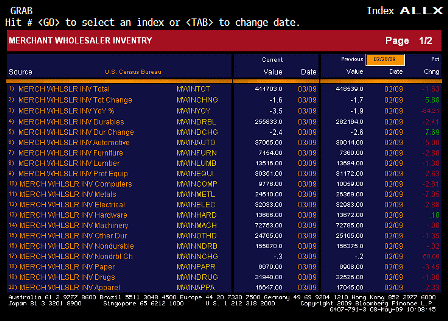
Wholesale Inventories ALLX 1 (Mar)
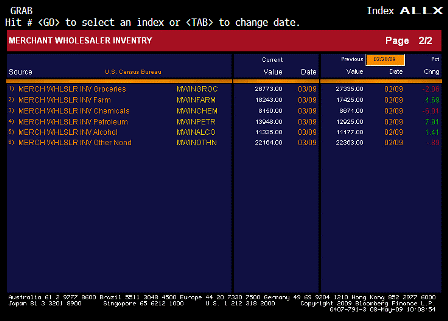
Wholesale Inventories ALLX 2 (Mar)
[top]



